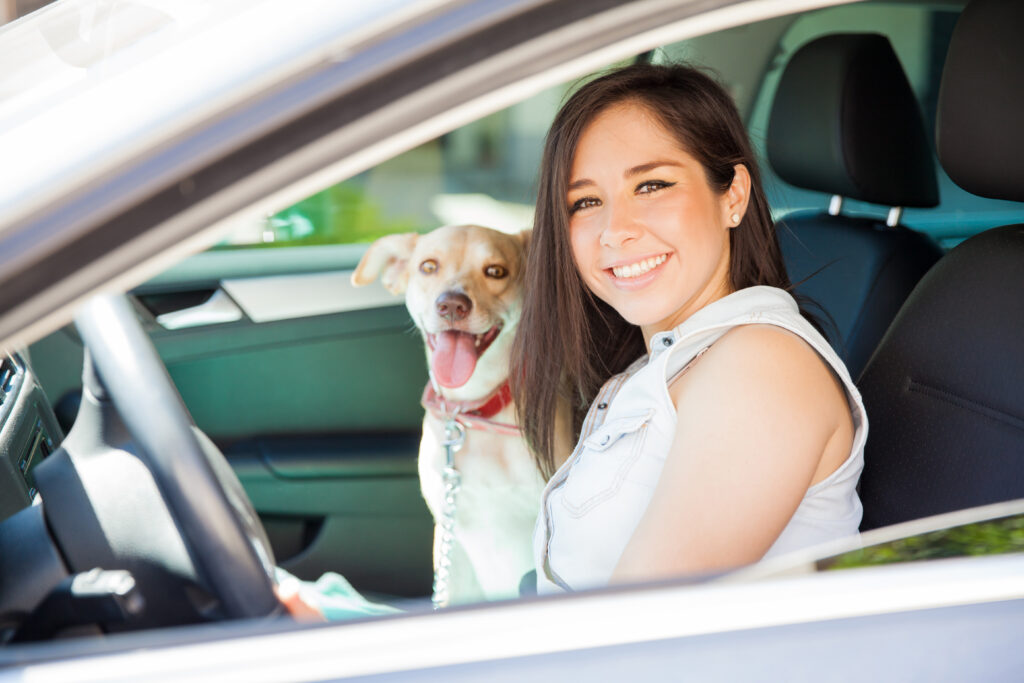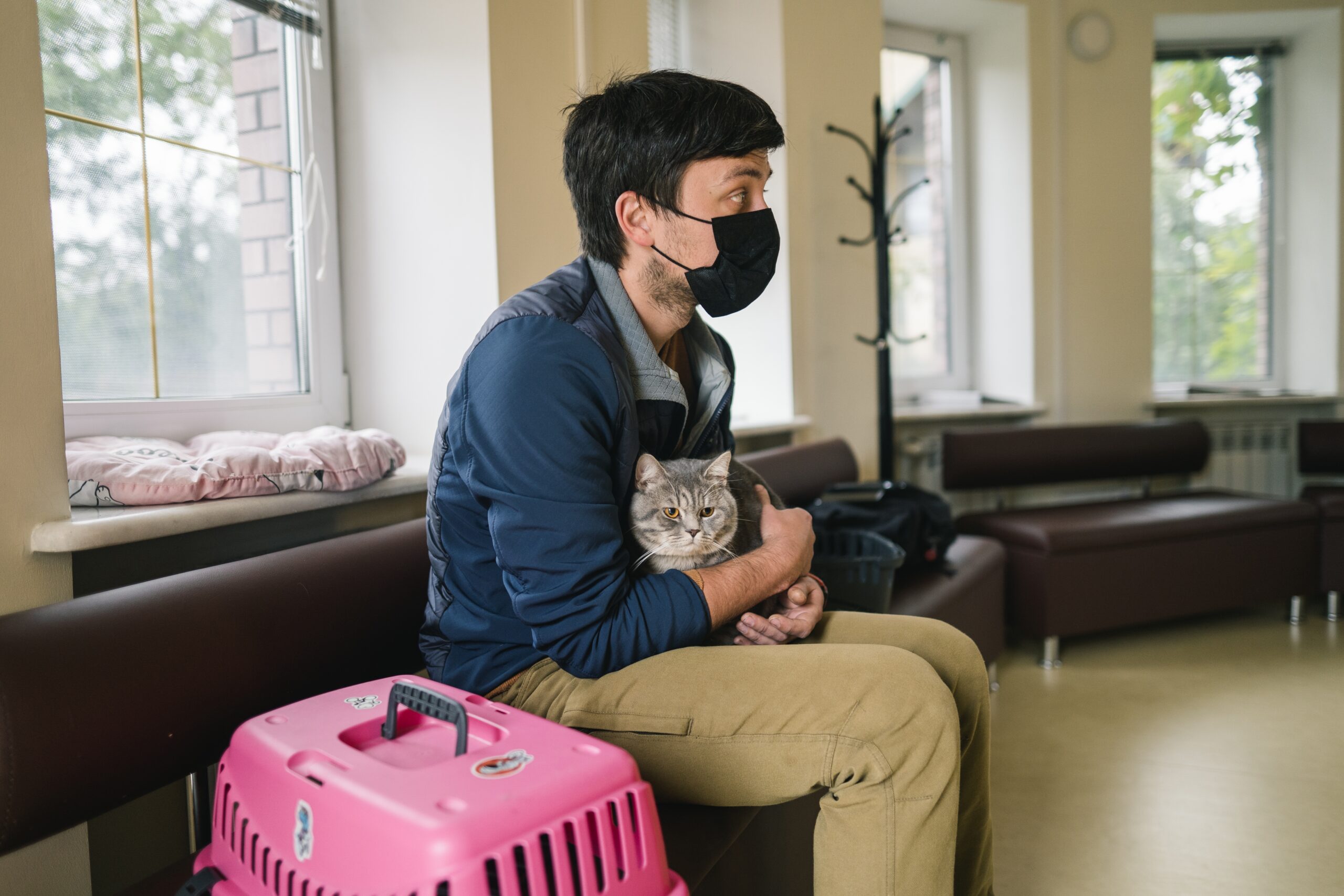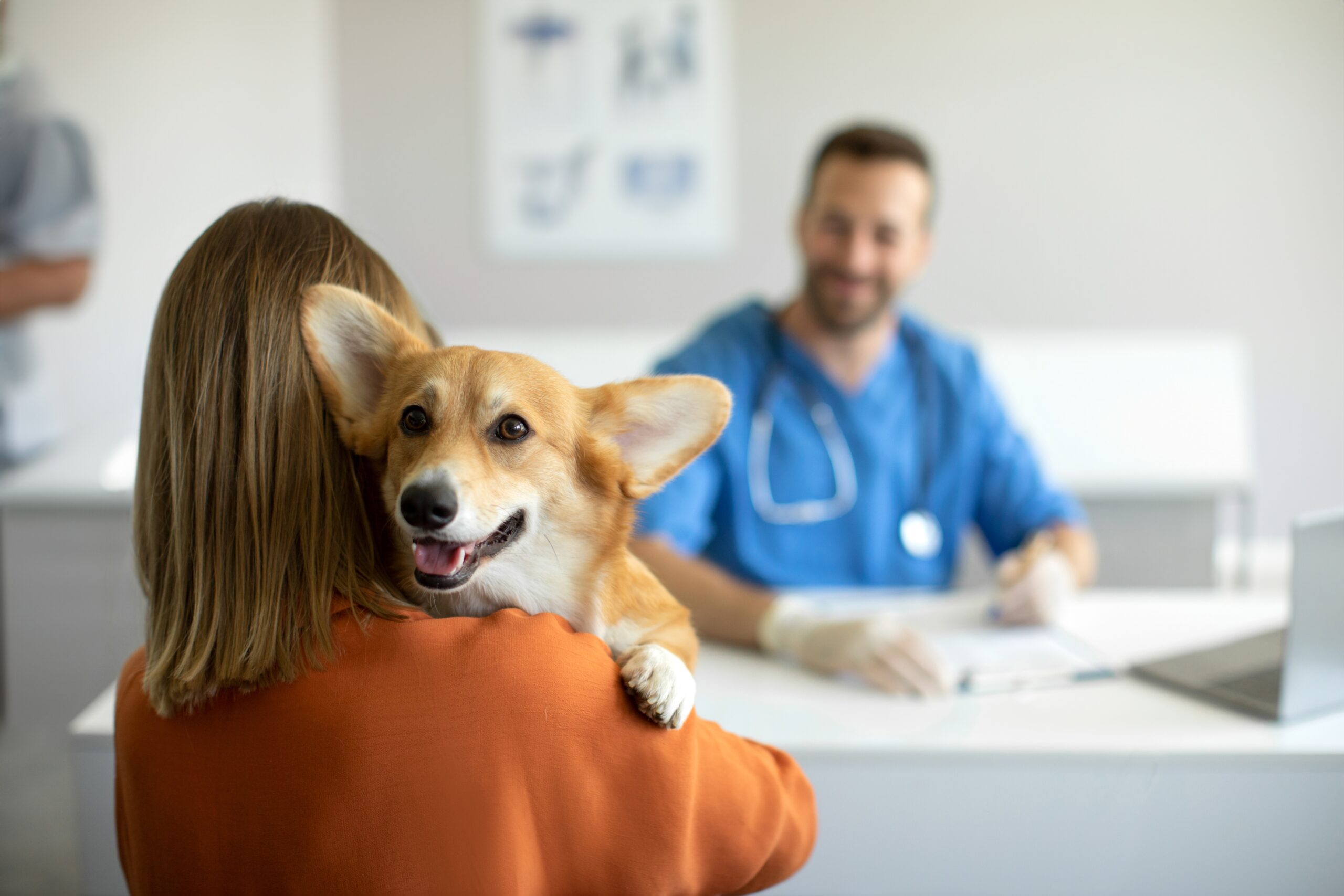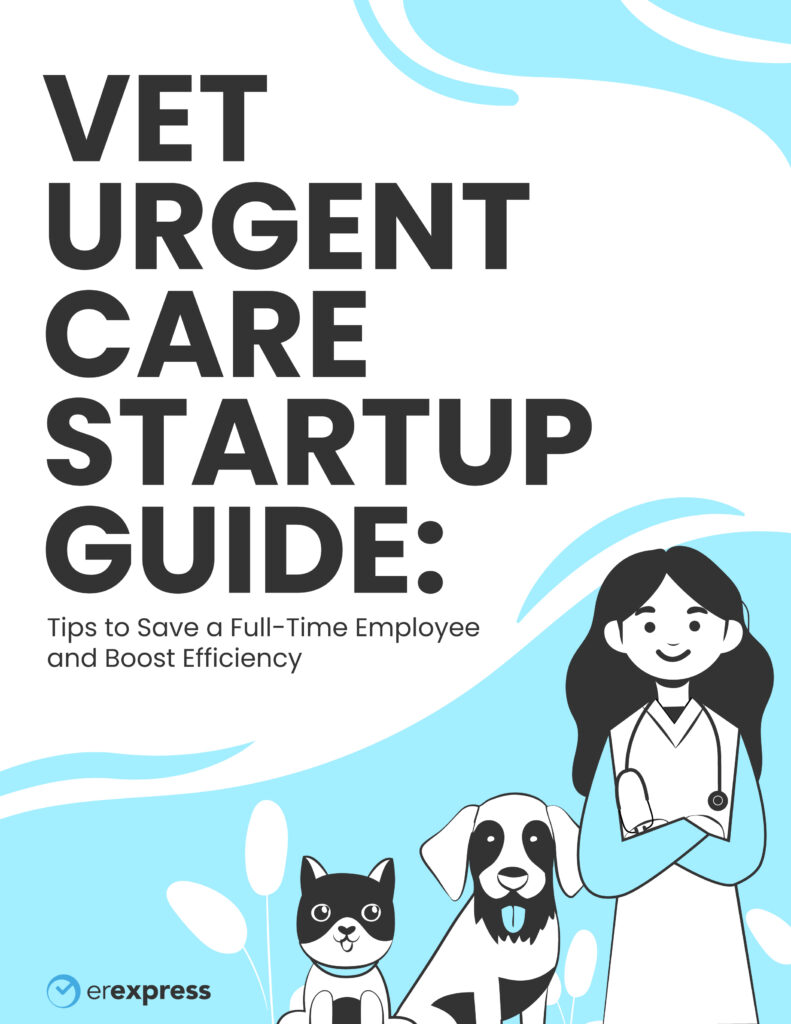Recent medical events like the COVID-19 pandemic have significantly changed the way many businesses operate. The veterinary industry is no exception. With social distancing measures in place, veterinary clinics and animal hospitals have had to adapt to new protocols to keep staff, pet owners, and pets safe. One of the solutions that many clinics have adopted is curbside queuing and digital intake.
Recent data trends within the veterinary industry have underscored the ongoing importance of adapting to evolving health challenges. Notably, the emergence of canine respiratory illnesses has prompted veterinary clinics to reevaluate their protocols.
Incorporating curbside queuing and digital intake, initially inspired by pandemic precautions, has now become a cornerstone in mitigating the spread of respiratory illnesses in dogs.
Curbside queuing and digital intake allow clinics to reduce contact between staff and clients while still providing high-quality veterinary care. In this blog post, we will discuss how curbside queuing and digital intake work and the benefits they offer for veterinary clinics and their clients.
What is Curbside Queuing?
Curbside queuing is a process where clients wait for their appointments in their cars instead of in the waiting room. When clients arrive for their appointments, they call the clinic to let them know they have arrived. The clinic staff then checks them in over the phone and asks them to wait in their car. The staff will then call or text the client when it is time for their appointment.
The relevance of curbside queuing is particularly evident in addressing the unique challenges posed by canine respiratory illnesses. Curbside queuing benefits indicate that minimizing in-clinic waiting time significantly reduces the risk of disease transmission among pets. By having clients wait in their cars, the potential for close contact between animals in the waiting room is mitigated, offering an effective preventive measure against respiratory illness.
What is Digital Intake?
Digital intake is a process where clients provide information about their pets and their medical history online or through a mobile app. This information is then stored in the clinic’s electronic medical records system. Digital intake can include filling out forms, uploading documents, providing signatures for consent, and even sending pictures of the pet’s symptoms.
Digital intake plays a pivotal role in early detection and prevention of canine respiratory issues. Pet owners can submit comprehensive information online, aiding veterinarians in identifying potential respiratory problems promptly.
The digital intake process, including medical history, consent forms, and symptom documentation, not only streamlines administrative tasks but also emerges as a crucial tool in curbing the spread of respiratory illnesses. Dogs can spend less time exposed to one another while pet owners can complete these important parts of the intake process from their home, car, or elsewhere outside of the veterinary office.
The Benefits of Curbside Queuing and Digital Intake
There are several benefits of using curbside queuing and digital intake for veterinary clinics and their clients. Improved efficiency, a reduction in client-staff contact, increased safety, and an enhanced client experience are not only valuable during the ongoing canine respiratory health concerns but also contribute significantly to the overall operational efficiency and satisfaction within veterinary clinics.
Improved Efficiency
Curbside queuing and digital intake can significantly improve a clinic’s efficiency. By having clients wait in their cars, the clinic can reduce the number of people in the waiting room, which can help staff members move through appointments more quickly. Additionally, digital intake can help speed up the check-in process, as clients can provide information online before their appointment.
Moreover, reduced in-clinic waiting times have led to streamlined appointments, allowing veterinary staff to efficiently manage their schedules. Digital intake, by expediting the check-in process, has become a pivotal factor in enhancing overall clinic efficiency.
Reduced Contact
One of the primary benefits of curbside queuing and digital intake is that they help reduce contact between staff members and clients. By having clients wait in their cars, there is less chance of transmission of infectious diseases. Additionally, digital intake can help reduce the amount of time clients spend in the clinic, further reducing the risk of exposure.
With clients waiting in their cars and limited in-clinic interactions, the potential for the spread of respiratory illnesses among both pets and staff is significantly diminished. These protocols not only align with current health concerns but also establish a precedent for maintaining a safer clinic environment in the long term.
Increased Safety
Curbside queuing and digital intake can also increase safety for both staff members and clients. By reducing contact and the number of people in the waiting room, there is less chance of transmission of infectious diseases. Additionally, staff members can wear personal protective equipment (PPE) while interacting with clients, further reducing the risk of exposure.
The adoption of personal protective equipment (PPE) by staff members, coupled with reduced contact and waiting room occupancy, significantly contributes to a safer clinic space. The emphasis on safety not only addresses current concerns but also establishes a foundation for ongoing health protocols.
Improved Client Experience
Curbside queuing and digital intake can also improve the client experience. By allowing clients to wait in their cars, they can avoid crowded waiting rooms and potentially stressful interactions with other pets. Additionally, digital intake can help clients provide more detailed information about their pets, which can help veterinarians provide more accurate diagnoses and treatment recommendations.
The ability to wait in the comfort of their cars, away from crowded waiting rooms, has significantly improved the overall experience for pet owners. Beyond this, the detailed information provided through digital intake has not only streamlined the diagnostic process but has also fostered a stronger bond of trust between clients and veterinary practitioners.
Convenience
Finally, curbside queuing and digital intake can be more convenient for clients. By allowing them to wait in their cars, they can avoid the hassle of finding a parking spot and carrying their pets into the clinic. Additionally, digital intake can save clients time by allowing them to provide information about their pets before their appointment.
Elevate Your Experience with ER Express
Curbside queuing and digital intake are two solutions that many veterinary clinics have adopted to keep their staff and clients safe during the COVID-19 pandemic. These solutions offer several benefits, including improved efficiency, reduced contact, increased safety, improved client experience, and convenience. While these solutions were initially implemented due to the pandemic, they may become a permanent fixture in the veterinary industry as clinics continue to prioritize the safety and well-being of their staff and clients.
As veterinary clinics navigate the evolving landscape of pet health, these benefits affirm the lasting impact of curbside queuing and digital intake. ER Express, cognizant of these shifts, has designed solutions that not only align with current health priorities but also future-proof the veterinary experience.
Beyond the initial pandemic response, these solutions, rooted in safety and efficiency, may indeed become indispensable elements in the ongoing commitment of clinics to prioritize the well-being of both staff and clients. To explore the comprehensive capabilities of ER Express, schedule a demo with us today.



